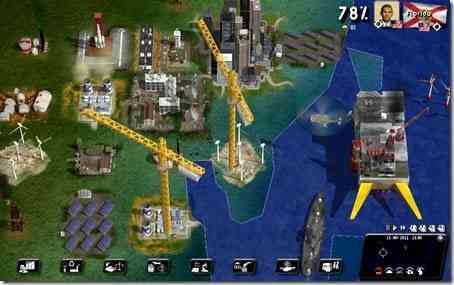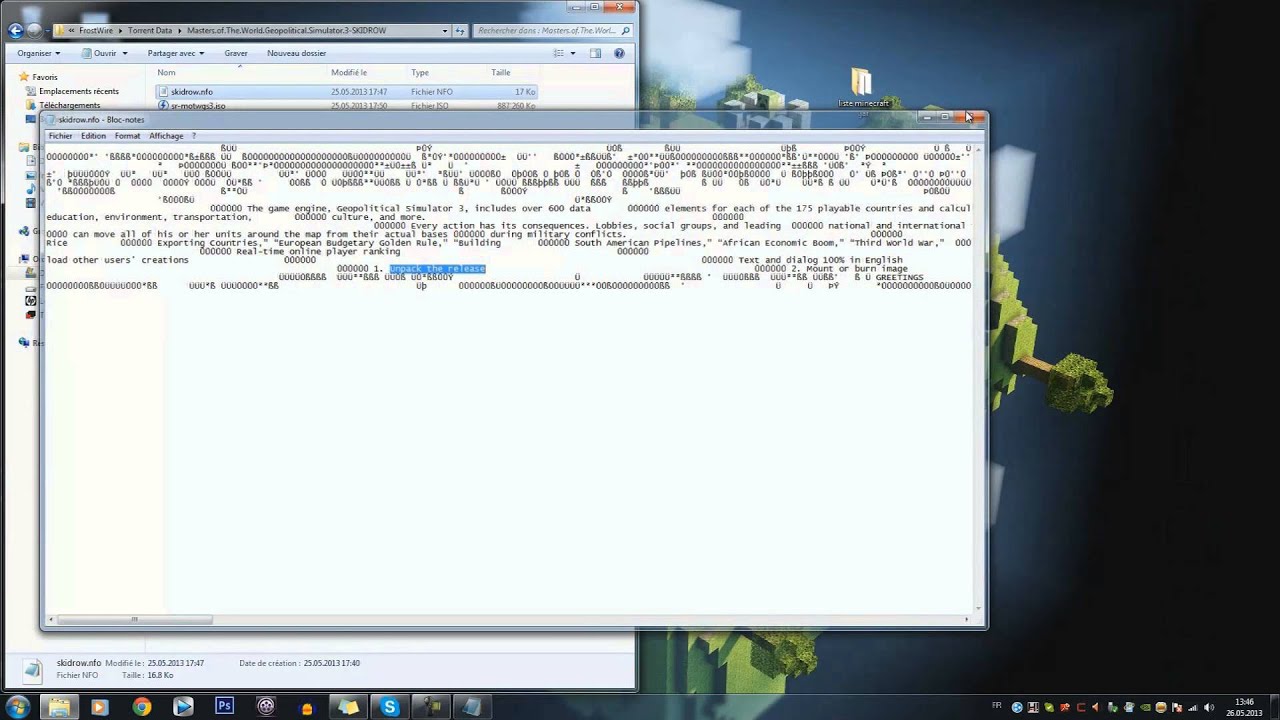

Her colleagues at the Recanti Institute have excavated ships that date as early as 400 B.C.E. The oldest shipwreck she has studied is a Byzantine site found in Dor Lagoon on the coast of Israel. Her work often involves the excavation of shipwrecks in areas where the Phoenicians traveled. She specializes in nautical archaeology, the study of ancient ship construction. But despite many efforts, finding archaeological evidence that’s been buried in the Mediterranean for 3,000 years has proved challenging.ĭeborah Cvikel is an underwater archaeologist at the Leon Recanti Institute for Maritime Studies at the University of Haifa in Israel. Underwater archaeology plays a particularly important role in learning about this maritime culture. In recent years, archaeologists have tried to fill in some of the gaps in our knowledge about the Phoenicians.


This way, the Greeks could not find out where the Phoenicians got their tin.

The Phoenicians decided to sail very close to shallow water and strand themselves on a reef-so that when the Greek followed, they would also be stranded. As they were sailing, they saw a Greek ship following them. In one story, Herodotus says the Phoenicians were sailing in the Atlantic Ocean toward the British Isles, where they traded for tin. Herodotus’ stories support the simplistic view of Phoenicians as cunning seafarers. One of the primary sources of information available about Phoenician culture comes from Herodotus, a Greek scholar considered one of the world’s first historians. In Homer’s Odyssey, for example, Phoenicians are portrayed as “both skilled seafarers and clever, but also potentially deceitful traders at the same time,” he says. The surviving evidence “is all about Phoenicians as traders, giving us a very stereotyped picture,” Prag says. “They’re at that transition point for the movement of goods, trade, and people out of the Mediterranean,” he says.ĭespite their prominent place in history, researchers know little about the Phoenicians beyond what other civilizations have documented. Their settlements and trading partners lined the coast of the Mediterranean, touching three continents.Īccording to Jonathan Prag, historian and co-director of the Oxford Centre for Phoenician and Punic Studies, their location at the intersection of important trade routes is part of the reason the Phoenicians developed such impressive maritime skills. Similar to the Greeks, their civilization consisted of a number of independent city-states. The Phoenicians did not have a central government. They used their strategic position at the crossroads of eastern and western cultures to build a trading empire that extended from the Fertile Crescent in the east, through the islands of the Mediterranean Sea, and as far west as the Iberian Peninsula and the Atlantic Ocean. The Phoenicians are primarily remembered as adept sailors and cunning merchants. Phoenician civilization lasted from approximately 1550 to 300 B.C.E., when the Persians, and later the Greeks, conquered Tyre. The core of Phoenician territory was the city-state of Tyre, in what-is-now Lebanon. Before the Greeks and Romans, the Phoenicians ruled the Mediterranean.


 0 kommentar(er)
0 kommentar(er)
